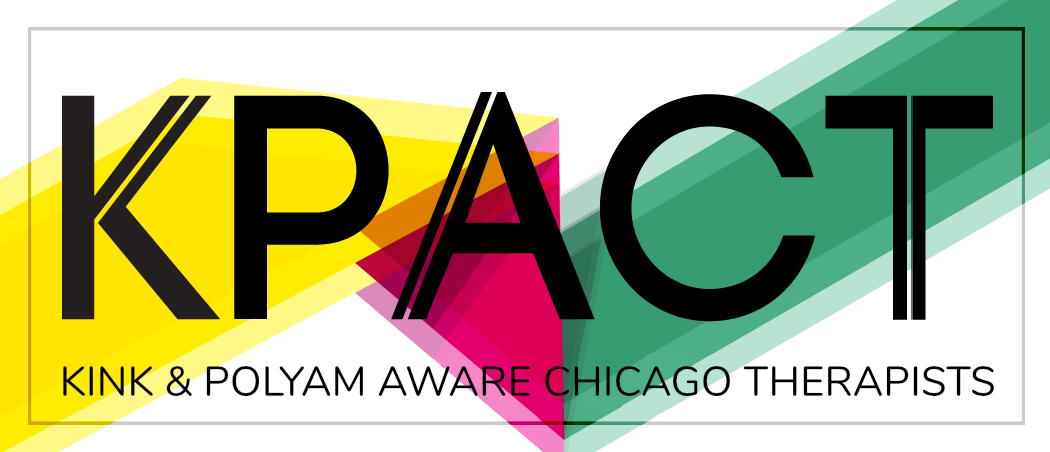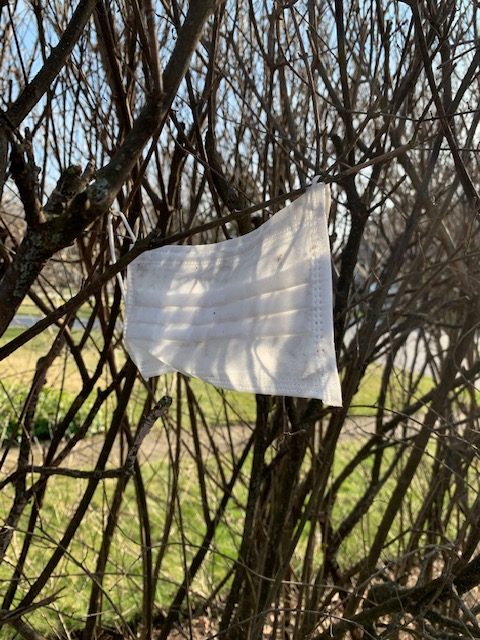It has been almost 6 months since the shelter in place orders in Illinois were announced. Most therapists I know went remote in March. Therapy offices around the city sit unused. I don’t know many therapists who are planning to return to their face-to-face practices anytime soon.
The spring challenged all of us to adjust to new precautions and changes to our lives. Summer brought overdue attention, focus and urgency to the country regarding long-standing racial disparities and injustices that have resulted in violence, brutality and death for too long. Now, fall is in the air. The election approaches bringing its own frustrations, anxieties and uncertainties.
Back in March, after the initial logistical changes, for some of us, the first phase of adapting to the new social/physical distancing reality was greeted with a sense of relief. Surprisingly, some of us found working from home comforting. We felt safer in our homes and apartments, insulated from the unknown but pervasive viral danger we were facing. The hustle and bustle of getting places ceased to be a central feature of our very mobile lives (as well as our clients’ lives). We were able to slow down, find our own rhythm and pace. We could settle into our personal sense of introversion. If we (or our partners) had not lost our jobs, we gradually adjusted to our new normal and welcomed the sense of having more time. Many therapists felt privileged and grateful that they had work that was in demand and could be provided virtually. Multi-tasking took on a new life. Who knew you could slow cook dinner and do laundry while seeing clients?
It was a bit surreal but for many the transition was manageable.
However, there were also therapists who lost work and had to confront financial losses during the slow down. Those with their own or a loved one’s immune-compromised health were faced with their vulnerabilities in new ways. Some therapists became ill with the virus. Others had loved ones who became ill. There were recoveries and hospitalizations in our circles. Of those who became ill, some are still in recovery from the longer-lasting effects of COVID. Some of us know people who died of it.
Many of our clients seemed to adjust to the new world and online therapy but some have fared less than well. Polyamorous and non-monogamous clients may have decided to separate from partners, friends and loved ones to manage the risk of spreading or contracting the virus. Some were members of polycules that became distressed by the decisions around quarantining or simply broke apart. Many have suspended physical contact with their partners indefinitely. Some single or un-partnered found themselves thrown into a more intense isolation or loneliness. Some are managing the tension, loss and urges related to their separations and some are really struggling.
Missing Life Out and About
For others of us, life under shelter-in-place was a harsh disruption and barrier to the nourishment, excitement and stimulation that the world can offer. Our usual life in society — commuting and working with others, attending conferences, socializing with family and friends, dating, partying, seeing art, dining out, enjoying team sports as players and spectators, and more was suddenly closing down. Some faced big decisions about who to shelter in place with and how to manage, if we did or did not. There were hard choices and losses. The absence of others in our lives brought loneliness, fear, sadness, and frustration – and there were worries about the emotional and physical well-being of family and friends as well as clients who relied on our care and immediate and palpable presence in their lives.
Ground Hog Day
Lately, I have noticed that reactions are changing since those earlier weeks and months of the pandemic. The feeling that every day is a little Ground Hog Day-like sneaks up slowly. With every trip to the grocery store or gas station, sustained vigilance and self-monitoring invisibly wears the committed down. Invitations to in-person social visits seem like small scale temptations but require more effort as the months pass and confusing info about “opening up”clouds earlier certainty. Even routine needs for in-person retail and professional services (like haircuts and doctors’ visits, etc.) seem to require unusually high levels of discernment. For some, a need to throw off the shackles of isolation fills us with dis-ease even as we stick with it. While some find they have relaxed unintentionally into a less socially distanced life and then have a sudden need to get tested, reset and restore a sense of safety.
For those who welcomed the gradual re-opening of businesses and easing of recreational limitations, there may be moments of uncertainty and concern that the guidelines continue to be ambiguous and the question of what is safe floats somewhere in the back of our minds. Few are completely free from worry about some element of health risk, whether it is for their own health or that of a colleague, friend or loved one.
Leaning In, Pushing Against or to Giving In?
Some of us are waking up feeling unusually stiff and achy from holding tension in our bodies or sitting for too long in chairs that don’t offer the support we need. Our eyes and necks hurt from craning at our screens. We think to ourselves we may be drinking or smoking a little too much. Our adherence to a healthy diet has given way to vacation-style food indulgences and comfort foods which we justify by saying we are trying new recipes. Whether it is working out, walking, reading, taking a yoga class, meditating or learning online, the idea of using this unusual time to improve ourselves is so appealing. Yet, some of us find it hard to sustain enthusiasm beyond the initial burst.
With some important pre-COVID, everyday activities and relationships suspended seemingly indefinitely, we are fatigued by the effort it takes us to continue to live. Decisions have been put off. Vacations and weddings were delayed or postponed. Funerals were downsized or went remote. We don’t know when we will next see friends and family living states away. Yet, our hearts and minds are drawn to questions about the future again and again. We are creatures born to anticipate the future, to look ahead. We tire of turning away from decisions we long to make.
Finding Respite Where We Can
Recently I came across a helpful post on LinkedIn from Holly C. Barker of the Grief Resource Network. She listed 9 types of rest we can offer ourselves and others. I am recreating it with a few of mine own thoughts added. I offer it here as potential balm for the kinds of fatigue, weariness, pressure and tension many of us may be feeling.
A REST MENU
- Take time away. Time away from your everyday experiences, venues, activities and/or relationships can provide a chance to refresh your perspective and relax into a deeper experience of yourself without the familiar pushes and pulls of your daily life.
- Give yourself permission not to be helpful. This can bring a big sense of relief to many of us. I have offered this list to some of my clients when the moment called for it, and far and away, the idea of letting themselves not be helpful received the strongest positive feedback on this list.
- Give yourself permission to be “unproductive.” Allowing ourselves to be unproductive, can provide us with space from inner and outer demands to produce healing and rest.
- Connect to art and nature. Grounding, earthing, forest bathing or just looking at a tree – any form of indulging oneself in green spaces can deliver health benefits.
- Use solitude to recharge. Being with yourself, allowing your attention to move freely can restore a sense of space, time and energy.
- Take a break from responsibility. Sign out. Put up your out of office message and unplug. Take time off from your personal or professional responsibilities.
- Let stillness help you decompress. Find a quiet corner and be still. Let your mind stop and body stop.
- Spend time in a safe space. A safe space can allow us to put down our guard, to stop trying to protect ourselves and just be.
- Spend time alone at home. Reacquaint yourself with your home environment by being in it or moving thru it alone. When we share space with others, we often agree explicitly or implicitly to let them shape and inhabit the space we live in. As a result, we often find ourselves unconsciously accommodating to their presence in one way or another. Being alone in our living space can allow us to experience it and ourselves anew.

